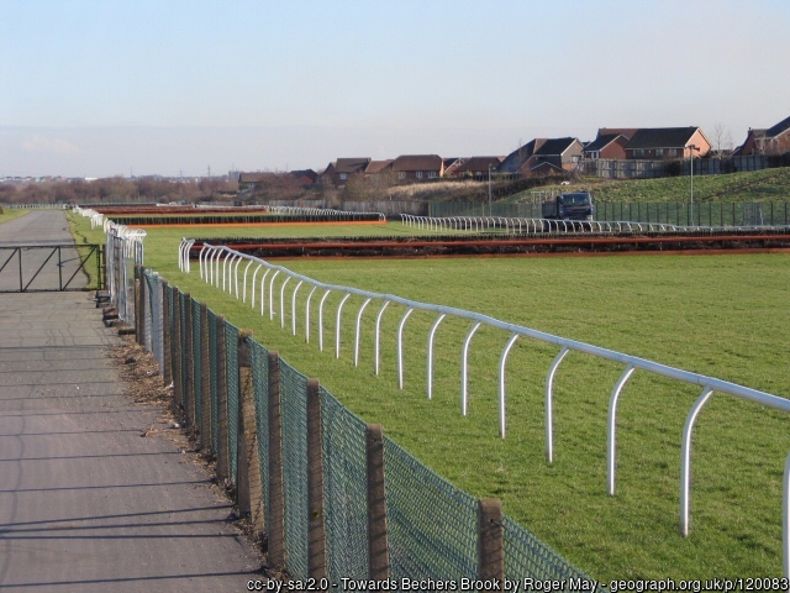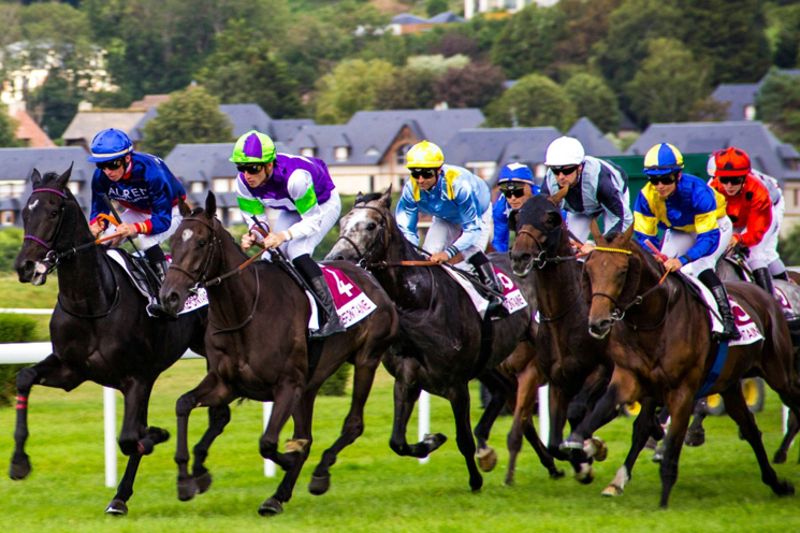The Grand National has become a key fixture within the sporting calendar across the world since its inception in 1839. As the steeplechase celebrates its 185th anniversary, punters and horse racing enthusiasts alike will make their way to Aintree’s iconic course to watch the best in the business as far as owners, jockeys, and trainers are concerned, with a plethora of former Grade One winners looking to write their name in the history books.
Last year saw Derek Fox and Corach Rambler live up to the billing as favourites in the 2023 Grand National, and now commandeer odds of 5/1 this time around in hopes of joining an exclusive group to win consecutive races. Several other horses are capable of stopping the rambler on April 13, including last year’s runner-up Vaniller and I Am Maximus, perhaps Willie Mullins’s most-fancied shot after coming in at 8/1in ante post betting.
If Fox can achieve such a spectacular feat he will make it a hat-trick of Nationals after guiding One For Arthur to victory in 2017, and join the likes of George Stevens and Brian Fletcher as one of the best the sport has seen. Of course, so much has changed since the days of Red Rum and Colonel, with the Grand National undergoing a significant facelift over the years. The popularity and wider reception of the popular steeplechase forced the need for change, but what is so different between now and the first instalment of the National in 1839?
Read on, as we take a look at some of the biggest changes to the Grand National.
Timing Shifts
Let’s start with a change that happened before the race even gets underway. Traditionally held later in the afternoon, the Grand National recently shifted to an earlier start time. In 2015, the start time was brought forward to 5:15pm, and while broadcasting in the UK has since changed hands, the viewing figures speak for themselves and the earlier start time has increased the number of eyes on the sport, with an average of nine million tuning in to watch the action unfold.
There are also safety and visibility factors that make sense when moving the race to an earlier time. By having the race earlier in the day, the better lighting enhances visibility for both spectators and jockeys. Safety is still paramount, and a well-lit track reduces the risk of mishaps while keeping the punters in their seats checking the top horse racing betting sites and topping up their drinks with a shorter time to wait for the main event.
Number of Runners
The National is a race where only the best of the best will run to the top prize. Originally the race had 40 horses but this was changed to 34 in 1984, reducing the amount of horses on the track at one time to avoid multiple collisions and the number of horses pulling up, ensuring there is a better chance of a close finish when approaching the final few lengths.
The Fences

Aintree is home to one of the toughest courses to navigate in all of horse racing – to the extent that a number of its fences have had to be modified due to safety concerns. Overall, to complete the race a horse will need to clear 30 fences from start to finish, with a number of infamous jumps changing following some collisions and casualties.
These include the notorious Becher’s Brook, where horses face a steep drop on the landing side, and the Canal Turn, requiring a sharp left turn mid-jump. The ditch in Becher’s Brook became partially filled, while the depth was reduced to an inch. The camber on the landing side was regarded to make it less of a slope following a disastrous 1989 race that resulted in several injuries.
The Distance
The Grand National is a true test of stamina. Covering a gruelling 4 miles and 514 yards – approximately 7,141 metres. Initially it was a longer 4m4f chase, but in 2013 the distance was reduced following the conclusion of a survey of distances at all National Hunt courses conducted by the British Horseracing Authority, introducing a more precise baseline from the 2016 race.
Due to its distance the National is not simply just a sprint; it’s a marathon. Horses must maintain their pace, conserve energy, and strategically approach each fence. The relentless distance and will to win is a key part of what separates the contenders from those that earn their place in the history books.
Conclusion
As we approach this year’s race it will be interesting to see how many of the best-performing runners could have competed back in the day before so many of the changes had been introduced. The sport is certainly improving by the added safety measures and it will be great to see the action unfold at Aintree for the 2024 Grand National.

